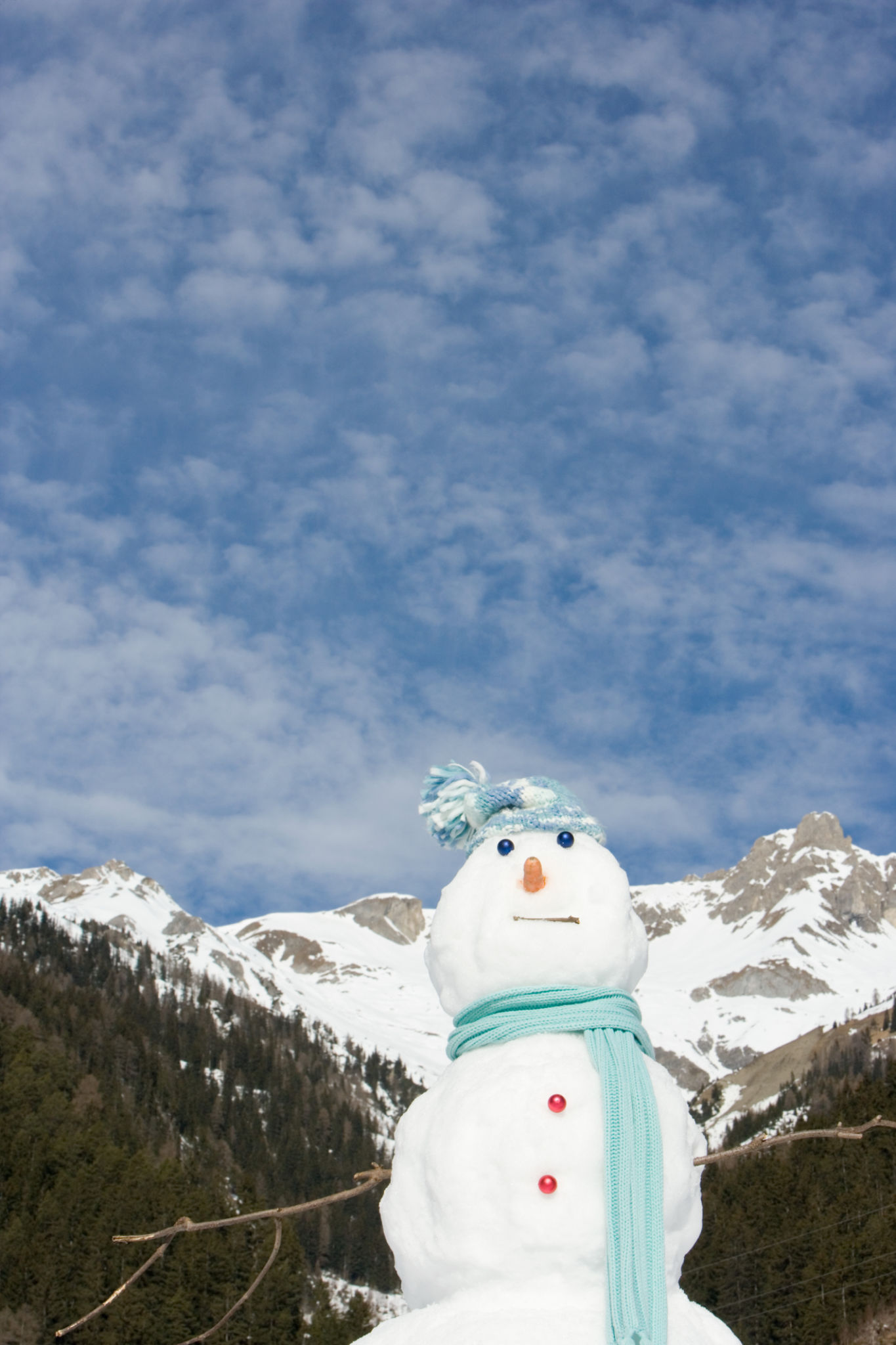Preparing Your Trees for Winter: Essential Tips for Dunfermline Homeowners
Understanding the Importance of Winter Preparation
Preparing your trees for winter is a crucial task for Dunfermline homeowners. As temperatures drop, trees face numerous challenges, from frost damage to heavy snowfalls. Ensuring they are well-prepared can protect their health and enhance their growth in the coming spring.

Assessing Tree Health
Before winter sets in, conduct a thorough assessment of your trees' health. Look for signs of disease, dead branches, or other issues that might be exacerbated by harsh weather conditions. Addressing these problems early can prevent further damage over the winter months.
Identify Weak Branches
Weak or dead branches pose a significant threat during winter storms. They can easily break under the weight of snow or ice, damaging property or injuring people. Prune these branches before winter to ensure safety and promote healthier growth.

Mulching and Insulation
Applying mulch around the base of your trees serves as an excellent insulation method. Mulch helps retain soil moisture and moderates temperature fluctuations. Use organic materials like wood chips or bark, spreading them evenly around the tree's drip line.
Proper Mulching Techniques
When mulching, avoid piling it directly against the trunk, as this can lead to rot and pest issues. A layer of 2 to 4 inches is typically sufficient to provide adequate protection without suffocating the roots.

Watering and Fertilization
While it might seem counterintuitive, it's vital to water your trees well before the ground freezes. A deep watering session ensures that roots have enough moisture to endure the dry winter months. Consider applying a slow-release fertilizer to provide nutrients throughout winter.
Timing for Best Results
Watering should be done in late autumn, just before the first frost. This timing allows the soil to absorb moisture adequately without causing root rot issues.
Protecting Young Trees
Young trees are particularly vulnerable to winter conditions. Using tree guards or wraps can protect their delicate bark from frost cracks and pests like deer or rabbits that feed on bark in winter.
Choosing the Right Materials
Select breathable materials for tree wraps to prevent moisture build-up, which can lead to fungal infections. Ensure they are secured properly to withstand high winds and harsh weather conditions.

By following these essential tips, Dunfermline homeowners can ensure their trees are well-prepared for the winter months. Proper care not only safeguards your landscape but also contributes to the long-term health and beauty of your trees. Take action now to enjoy a vibrant garden come springtime!